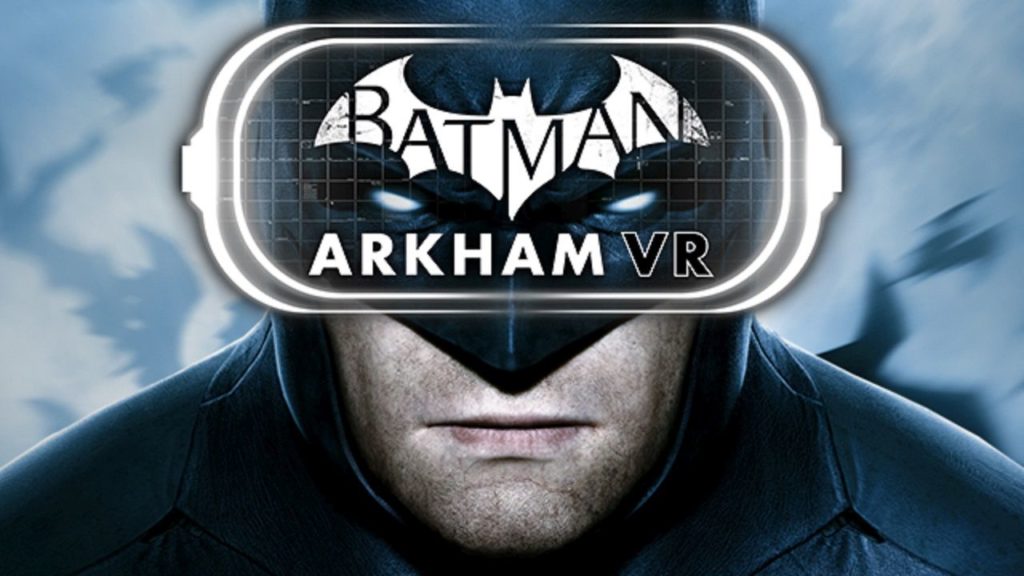Marketing VR games is about to become a necessary discipline, and it’s not going to be quite the same as marketing games for other platforms. The starting guns have sounded, and we’re off to the races with virtual reality (VR) hardware is shipping for mobile devices, PCs, and soon for consoles. There are already millions of Google Cardboard VR viewers available and more than a million Samsung Gear VR headsets out there. Both Oculus Rift and HTC Vive are available, and both of them are likely to sell more than a million units before the end of this year. Sony’s PlayStation VR will hit the console market this October, and will likely sell a million units or more in short order as early adopters flock to get one.
The competition is already in place, and growing every day. Marketing is going to be important to help get attention, especially when discovery mechanisms for VR games are still being built. Certainly, some of the traditional marketing efforts aren’t going to work the same for VR games, so it’s time for some serious strategizing about how to market VR games.
The classic YouTube video in 2D is still useful for VR games, but it’s not going to be giving an accurate picture. You’ll have to step up to 360-degree video in order to give people a better idea of what they will see in a VR game. Advertising across large audiences probably isn’t very useful for VR games, especially when VR hardware is still relatively uncommon. You may try to persuade people to buy VR hardware alongside your game, but that’s a pretty heavy lift when you’re talking about hundreds to thousand dollars.
If you can’t share the experience directly, then you have to share the feelings people will get from the VR game. The issue is similar to how you sell some a trip to an exotic location they haven’t visited before. People will have to go on the trip to realize what special about the experience, but you can share the emotions. Try creating videos of people playing the VR game alongside 2D versions of what they are seeing in the game and include some reaction shots. Include interviews and testimonials from players. Remember that this is cutting edge technology, and people are going to be interested not just in the game itself, but how it was created. A behind-the-scenes documentary about how you made the game will probably get you a lot of attention.
One marketing method that’s finding increasing power with games is the use of social media, and in particular streamers, YouTubers and Facebook video creators. Finding independent voices to talk about the VR game, and show themselves having fun with it, is certainly going to help your marketing efforts. Yes, a 2D video isn’t as engaging as being in VR, but there’s still plenty of excitement to be generated.
Another important consideration for marketing a VR game is its length, because that affects how you market the game. Is this a VR “experience,” as some are being characterized (notably the Final Fantasy XV VR experience) that lasts for about ten minutes? Or is it a relatively long one, like Resident Evil 7 proposes to be? The distinction becomes critical when you describe it to potential customers.
Setting realistic expectations is crucial if you expect a positive response. Failing to adequately prepare that audience for what they get, the negative reaction could be intense. If you are trying to market a VR game that’s hours in length, it’s important to realize that the game will be played in short sessions—perhaps measured in minutes, rather than hours as it might be in a typical console environment. The VR experience is intense, and long play sessions are not recommended. This is not the way many PC and console fans are accustomed to playing games. Marketers will have to make it clear that this sort of play pattern is not what you should expect.
Connections to existing brands are useful, as demonstrated by the intense interest in Batman: Arkham VR. That brand connection has its challenges because the VR game has to support the brand, or at least the expectations the players will have coming to the VR game with the brand attached. Savvy marketers will probably want to conduct some focus groups and substantial feedback from fans about what the expectations are.
In addition to connections to existing brands, social features are very important for giving marketing efforts a boost, whether the game is designed for a single player or multiple players. Being able to share significant images, 360-degree videos, or even 2D videos, is a way for players to become part of your marketing efforts.
The road ahead for marketing VR games isn’t clear at all, but it’s going to be interesting as marketers forge new strategies for this new gaming platform.

